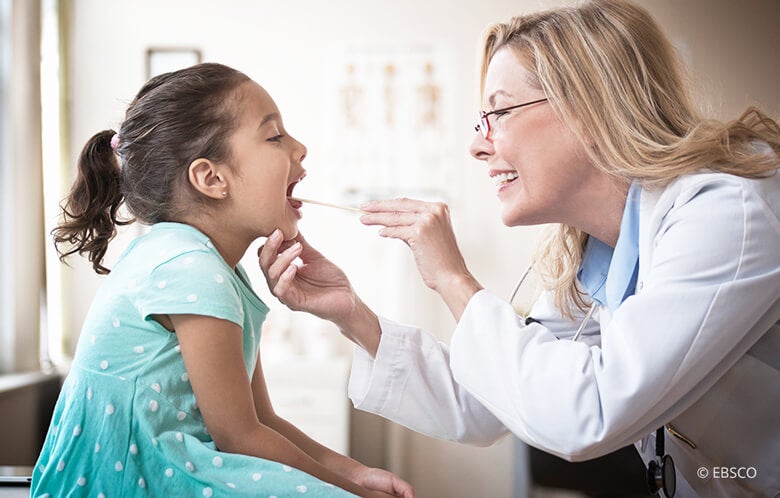In late December 2019, the World Health Organization (WHO) in collaboration with public health officials in China, reported a cluster of pneumonia cases of unknown origin in Wuhan City, China. Initial testing for Severe Acute Respiratory Syndrome Coronavirus (SARS-CoV), Middle East Respiratory Syndrome Coronavirus (MERS-CoV), influenza, and other common respiratory pathogens were all negative.
On January 7th, a new strain of coronavirus currently known as Novel Coronavirus (2019-nCoV), was isolated from a patient sample and the genetic sequence was shared to expedite development of diagnostic reagents.
Coronaviruses are a large family of RNA viruses that infect mammals and birds, leading to a wide variety of diseases. In humans, they are a frequent cause of common colds and occasionally cause more severe respiratory infections including pneumonia and acute respiratory distress syndrome (ARDS). Common signs of infection include respiratory symptoms, fever, cough, shortness of breath, and breathing difficulties. There is no specific antiviral treatment.
Detailed investigations in Wuhan City established that the outbreak of 2019-nCoV originated from a large seafood market that also sold live animals and wild game. Though this likely represents a spillover event, the animal source is unknown at this point (bats and snakes have been hypothesized). SARS-CoV is thought to have spilled-over from civet cats and MERS-CoV from camels before causing outbreaks in humans. Initially, 2019-nCoV was thought not to be transmitted person-to-person, but the spread of cases including healthcare workers demonstrates that it can indeed be transmitted this way. It is unclear how easily it can spread person-to-person, though it appears that close contact may be necessary.
As of January 23, 843 cases of nCoV have been confirmed globally. Cases have been reported in mainland China (830 cases), Thailand (three cases), Hong Kong (two cases), Vietnam (two cases), and single cases in Macau, Taiwan, Japan, South Korea, Singapore, and the United States. All cases outside China were exported from Wuhan City. Of the 830 cases in China, 177 people had severe cases of disease and 25 have died.
The WHO has published interim guidance for healthcare professionals advising when to test for 2019-nCoV. Molecular testing via PCR at an established reference laboratory (see your local or regional department of health for testing sites) is recommended for patients with either of the following:
- Severe acute respiratory infection including fever and cough requiring admission to hospital without known etiology plus either of
- History of travel or residence in Wuhan Hubei Province China within 14 days of symptom onset
- Disease occurring in a healthcare professional working in an environment where patients with severe acute respiratory infections are cared for
- Acute respiratory illness of any degree who within 14 days and any of the following exposures:
- Close contact with a confirmed case of 2019-nCoV
- Working or attending a healthcare facility where 2019-nCoV infections have been reported
- Visiting or working in the live animal market in Wuhan, China
While the amount of information gathered about 2019-nCoV in just a few weeks is astonishing, there is much we still do not understand about this virus. Stay current with DynaMed, where you can find the latest data (open access) on 2019-nCoV.
Global Resources:
For additional resources and the most recent epidemiology see the EBSCO COVID-19 Resource Center.



